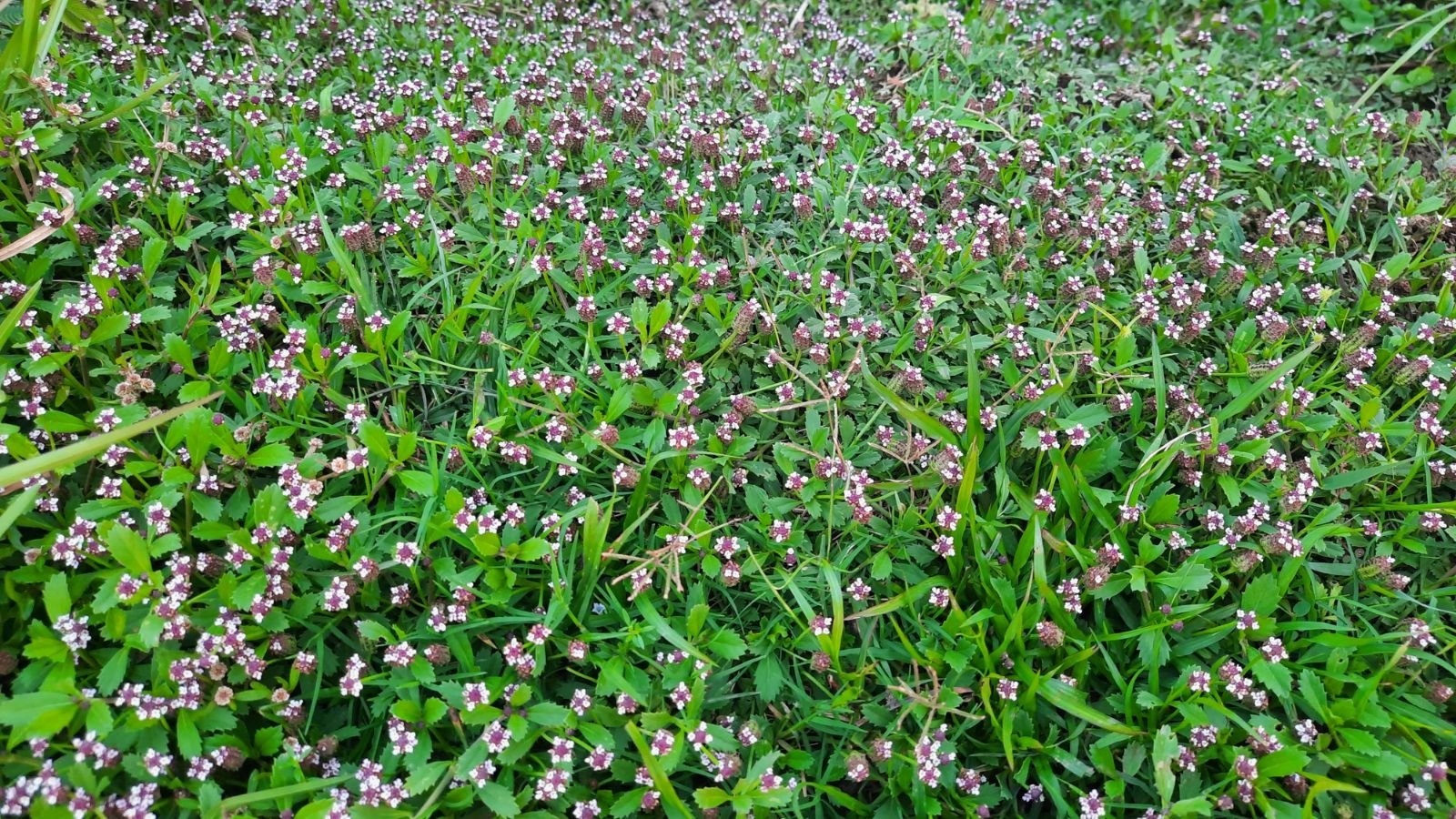Kurapia flooring cowl is an fascinating plant. Normally known as Phyla nodiflora (beforehand Lippia nodiflora) its a standard evergreen flooring cowl that’s discovered on most continents. It does, nonetheless, carry out terribly efficiently in drought-stricken areas. Even in areas the place it could get ample parts of water, it makes a wide array for a yard quite a few. An important downside of kurapia is that it’s not frost-hardy and may die as soon as extra all by means of frosts and freezes, nonetheless it’ll come as soon as extra contained in the spring whether or not or not it is efficiently established.
Some kinds of kurapia getting used for flooring covers are patented, so availability is often a problem. Nonetheless, it’s obtainable on-line as a low upkeep turf grass. Kurapia is widespread in California and is beginning to make inroads into completely totally different areas as a drought-tolerant flooring cowl that can tolerate gentle foot friends, too. It’s usually bought as plugs that could possibly be planted each 15 inches.
The plugs will develop rapidly and make short-term work of filling in any gaps inside just a few months. Protect the newly planted plug efficiently watered with satisfactory aeration till it’s established and energetic shoot enchancment is current. It would reward you with some nice advantages of abrasion administration, water conservation, and weed suppression. Kurapia flooring cowl makes an beautiful yard substitute that has a excessive stage of illness resistance and tolerates many soil varieties and rising circumstances.
Overview
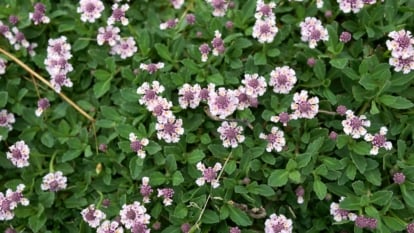

|
|
|
|
What’s Kurapia?
Kurapia, will also be known as frog fruit, noticed tooth fog fruit, or turkey tangle. This flooring cowl plant is a perennial in most locations, though it isn’t frost-hardy and may die as soon as extra in zones the place the temperatures drop beneath 38°F (20°C) contained in the winter. If kurapia is efficiently established then it may in all probability recuperate contained in the spring after dying as soon as extra contained in the winter. It’s an evergreen in zones with no laborious frost.
Native Space
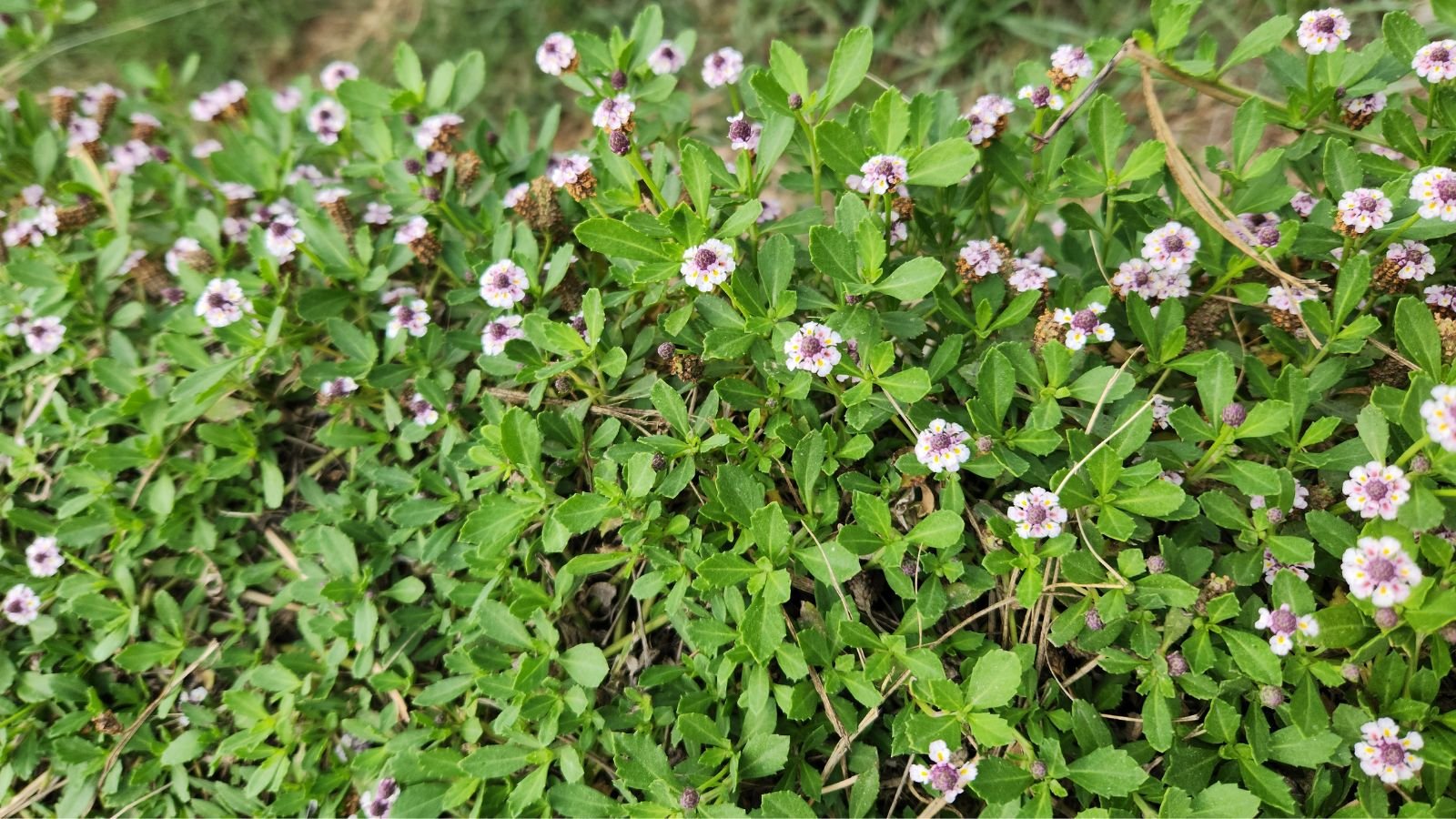

Phyla nodiflora is native to most areas of the world and has furthermore been launched into many others. The widespread areas cowl most of South America, southern United States, most of Africa, most of Australia, some areas contained in the Coronary heart East, southern Europe, and the southern elements of Asia.
Traits


Kurapia resembles clover and has an identical enchancment habits together with small white flowers. It has a really deep root system that can attain down 5 to 10 ft beneath the soil flooring. The sturdy growth of the premise system is what makes it significantly adept at offering soil erosion administration. It would actually furthermore merely be grown on slopes and it tolerates windy circumstances.
Used as a yard substitute, it could possibly be mown to 1 inch tall which furthermore makes it develop horizontally. If left for over 50 days, it should flower inside the heat season with small white to pink flowers with purple facilities relying on the variability.
Learn to Develop Kurapia
This turf quite a few and flooring cowl requires minimal upkeep. Nonetheless, research on to assessment its wishes to incorporate it in future duties for flooring cowl and weed administration.
Mild
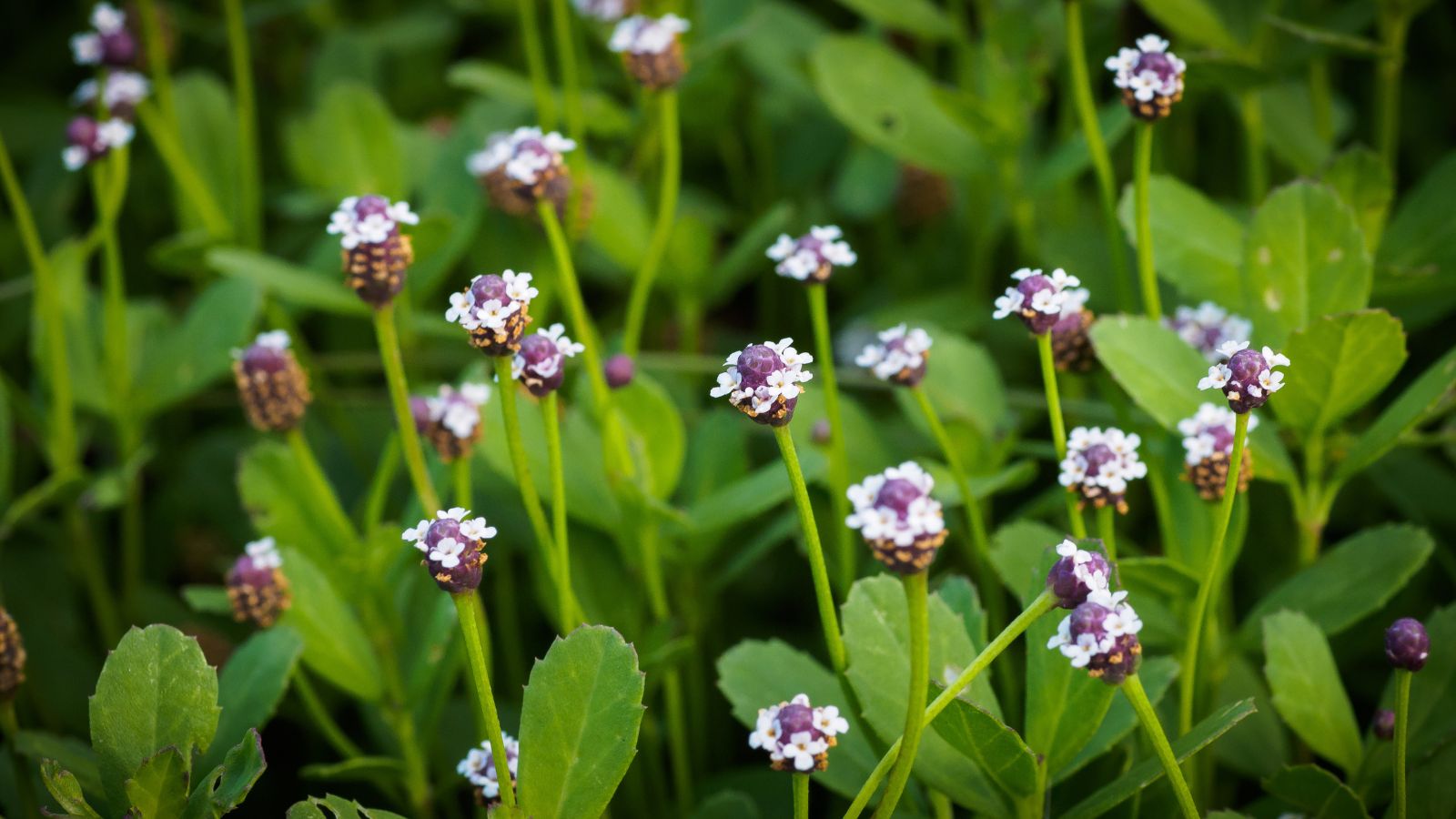

What makes this flooring cowl very atmosphere pleasant is that’s that though it prefers full photograph voltaic, it may in all probability furthermore tolerate partial shade. Partly shade, it could not develop as densely and mustn’t produce flowers. Six to eight hours of direct daylight per day is required for optimum enchancment.
Water
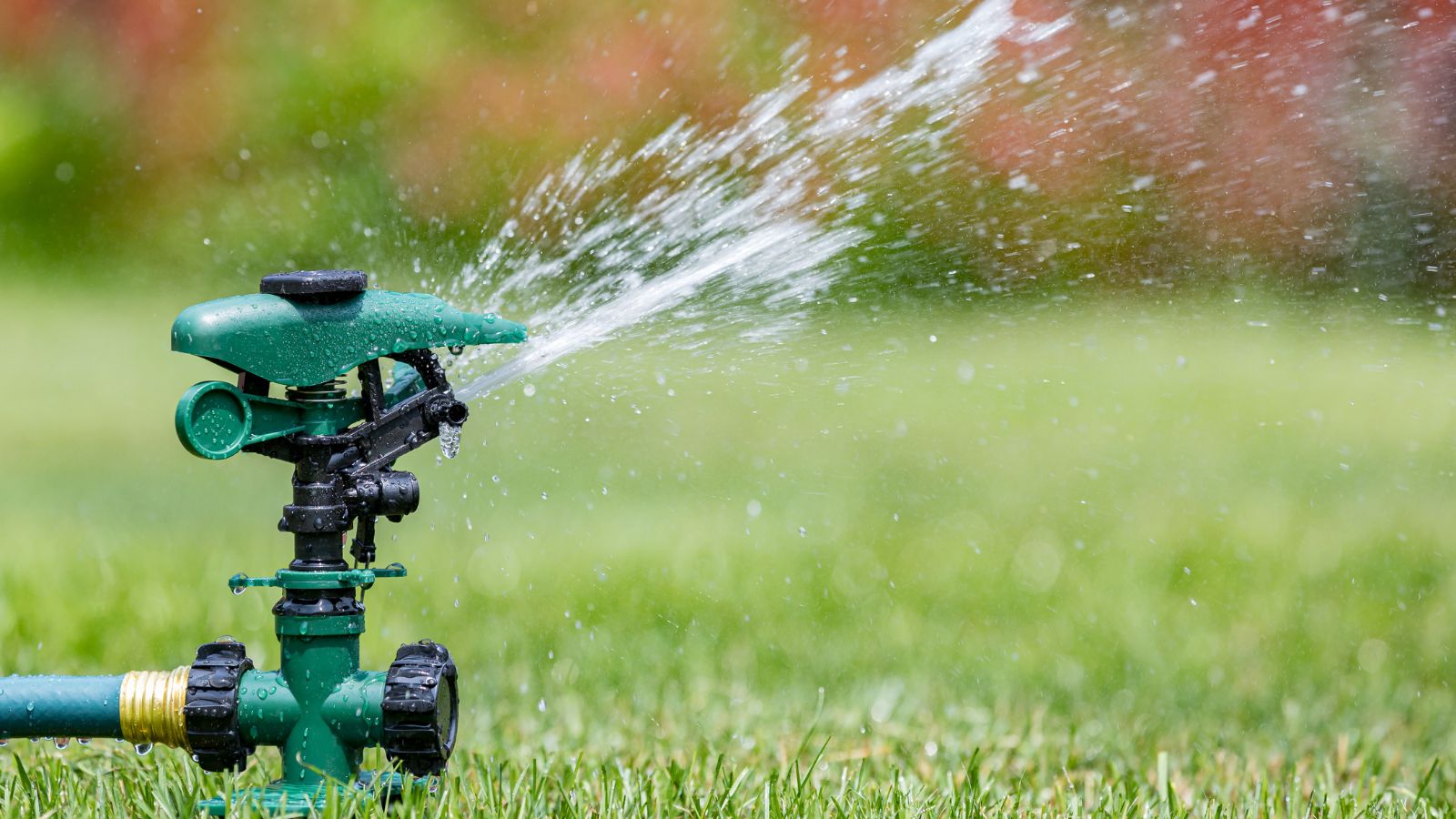

Kurapia is considered drought-tolerant. Nonetheless, it should do elevated with widespread water. If there are intervals of drought, trials have confirmed that the underside cowl will die down, nonetheless will spring as soon as extra to life when watered usually.
The leaves retailer water of their vascular tissue which lets them carry onto water reserves longer than one different grasses.
Water this plant as evenly as potential to keep away from uneven enchancment. Irrigation functions or a sprinker are good options. Water kurapia contained in the morning twice per week in scorching summers. Cut back watering in winter when the crops are dormant. There is not any ought to water if rainfall is widespread.
Soil
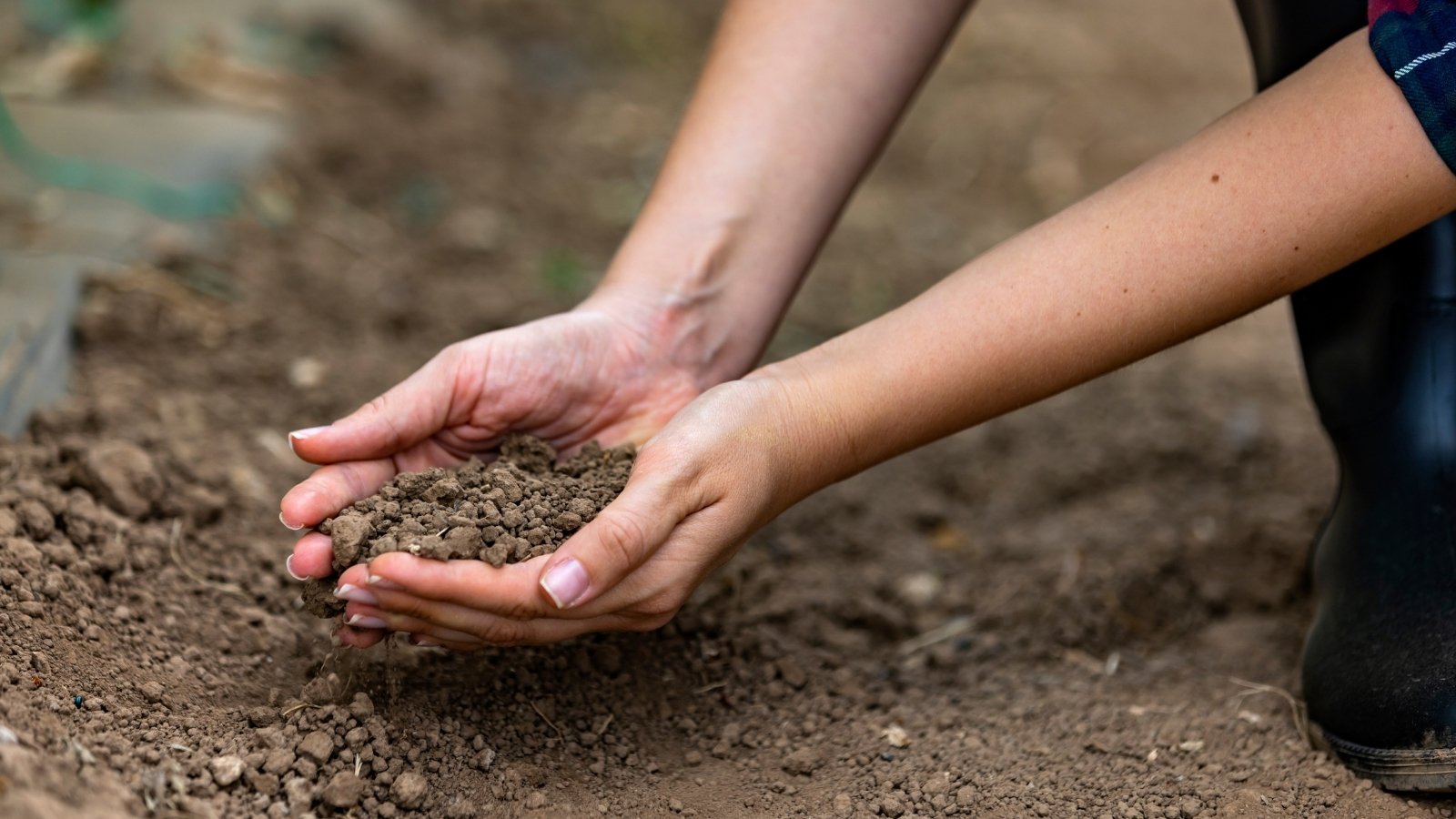

Plant in sandy loam soil enriched with pure matter. It would actually furthermore survive quite a few circumstances together with extreme and low pH soils and even soils containing excessive salt concentrations. With its deep root system, it a wide array for planting on slopes and completely totally different uneven surfaces.
Along with the soil erosion properties, its thick, dense enchancment aids in weed suppression and as rapidly as established prevents weed seeds from germinating by proscribing their entry to the soil flooring.
Temperature
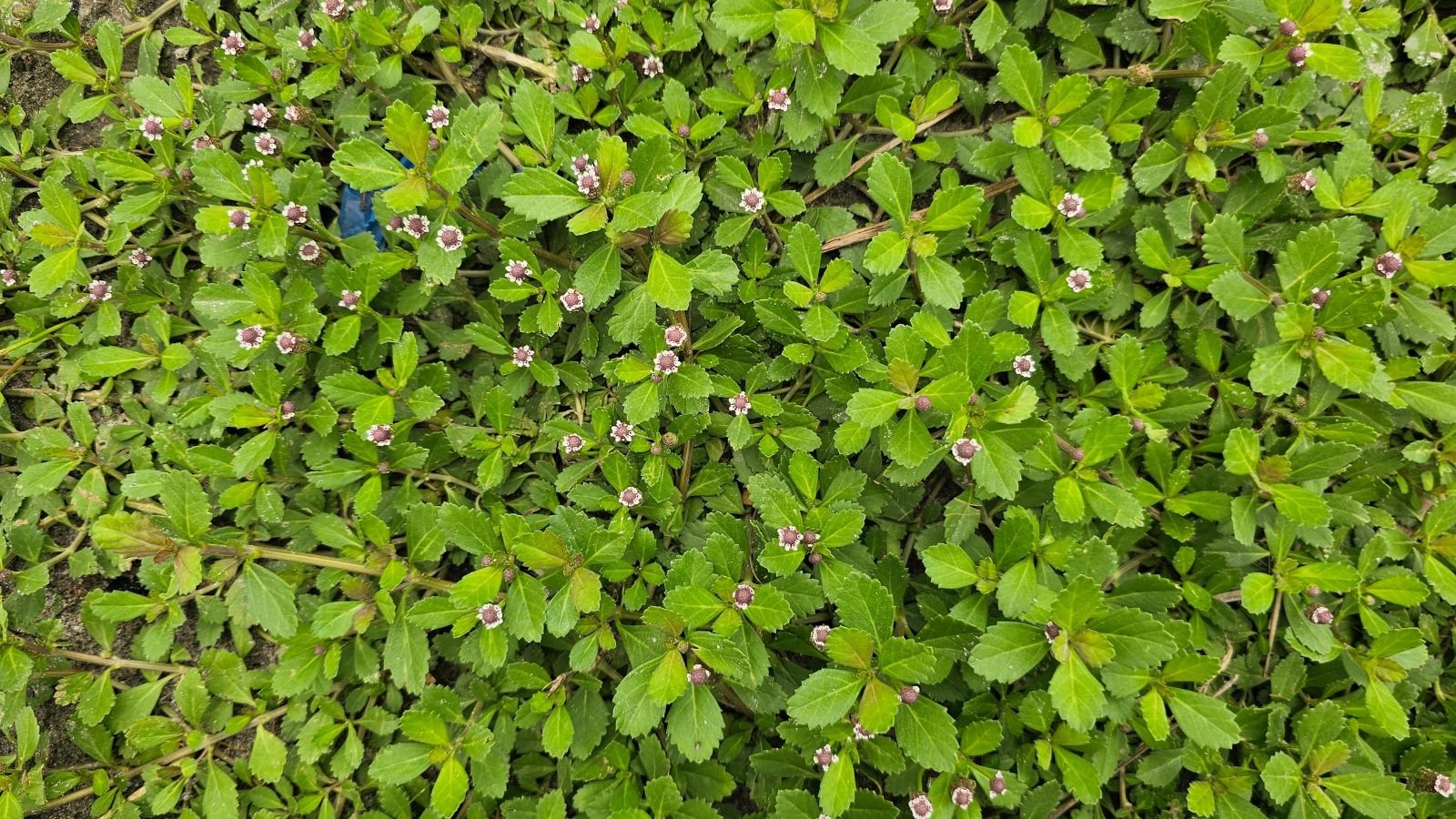

Kurapia is considered one in every of many cool-season turf grasses on account of it may in all probability tolerate temperatures all the best way by which all the best way all the way down to 45°C (7°C). It would preserve evergreen in areas the place temperatures preserve above 38°F (3°C) like in zones 7b and better, nonetheless will die as soon as extra if temperatures drop beneath that stage.
Fertilizing
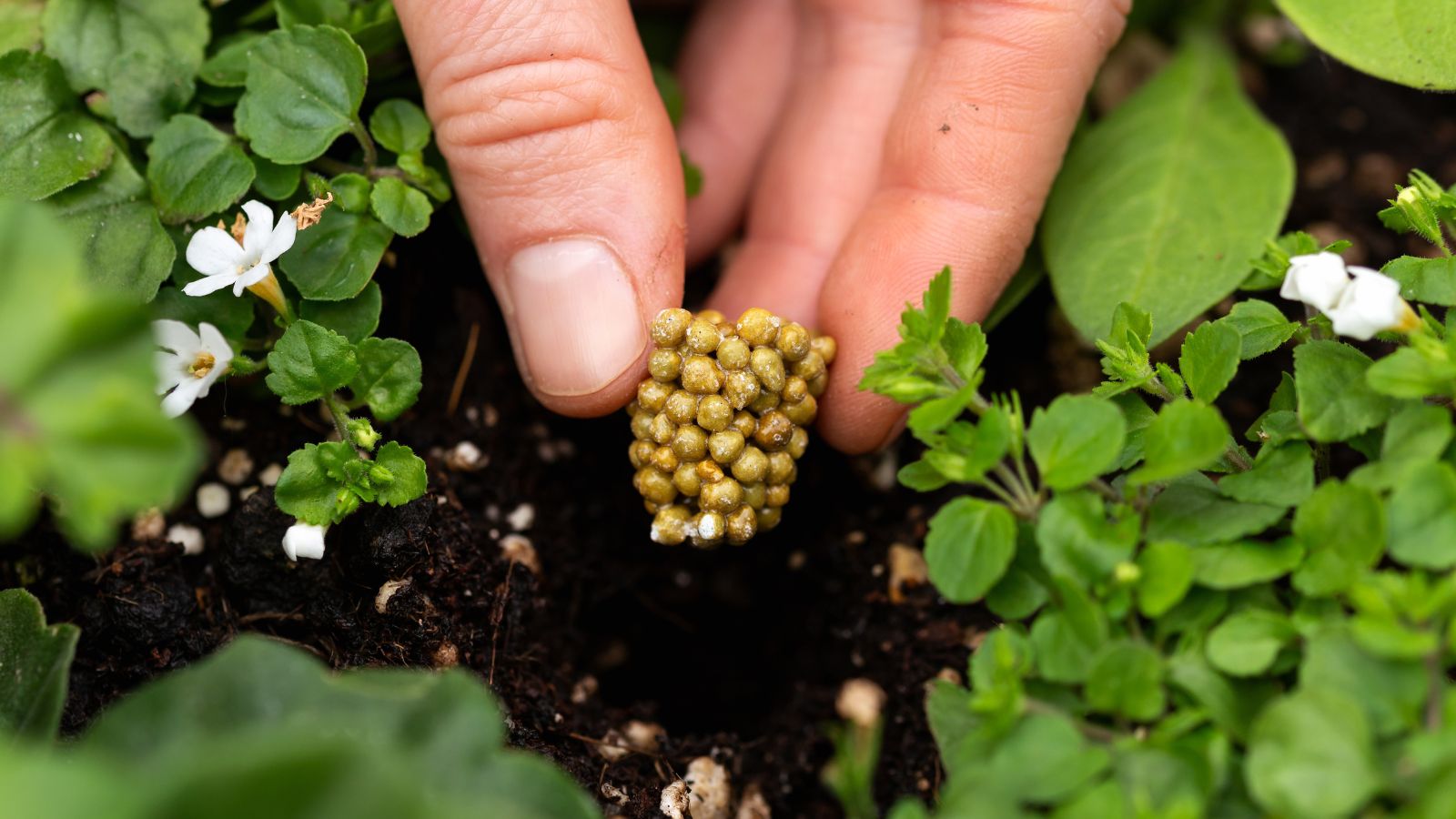

Fertilize kurapia to retain its vibrant inexperienced shade. Apply a slow-release steadiness formulation twice a 12 months – as rapidly as in spring and as quickly as further inside the autumn. Fertilizing contained in the spring will encourage flowers if offering meals for pollinators is part of your goal with this flooring cowl.
Repairs
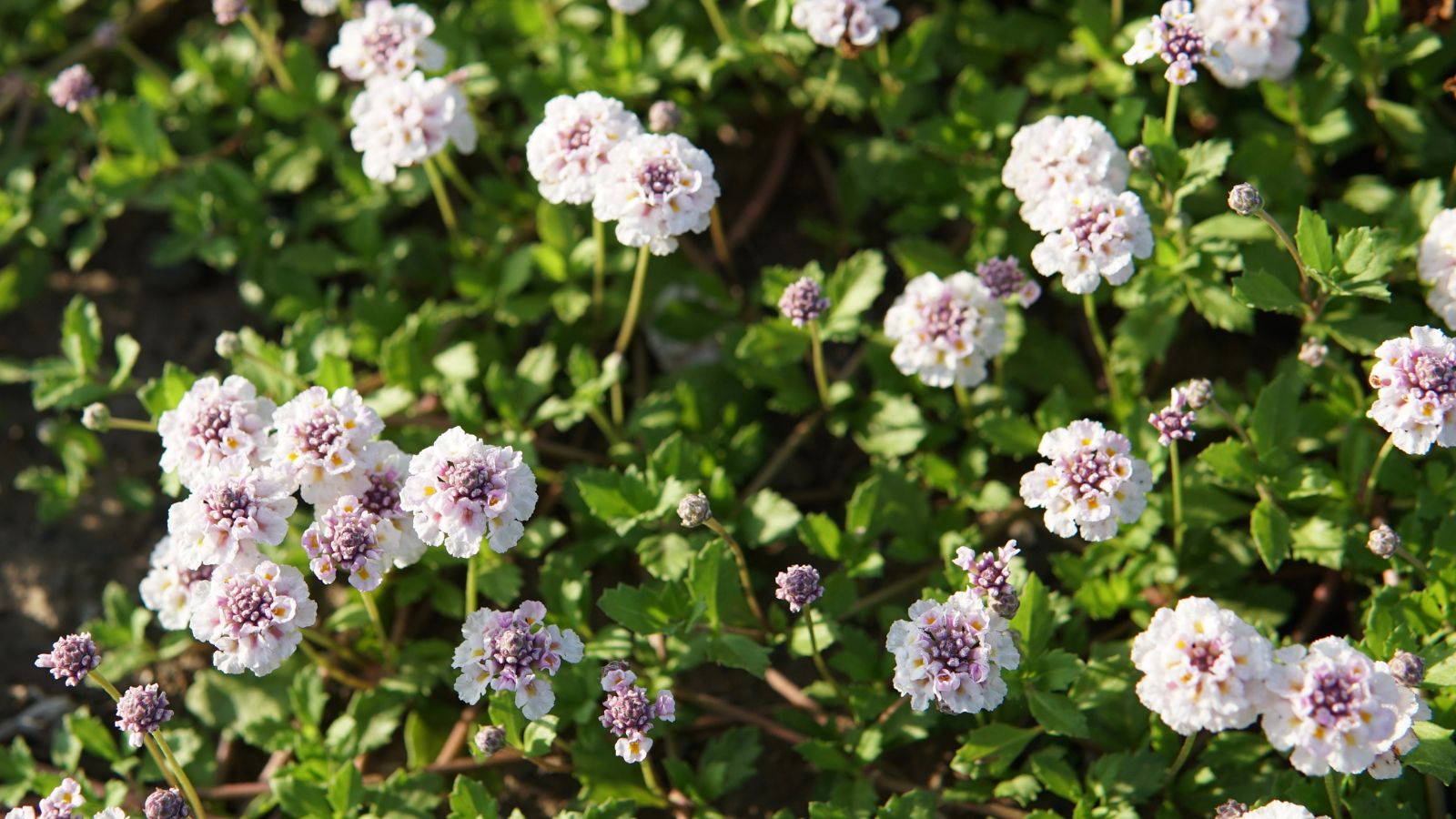

An equivalent to with a yard, kurapia does require mowing. A a elementary rule, mow in any case as rapidly as a month to handle it at a manageable lawn-like prime contained in the rising season. Allow them to develop just a few inches taller throughout the event you’d like them to flower and produce forage for pollinators. By means of the winter months, the enlargement will decelerate significantly as will your ought to mow it.
Propagation
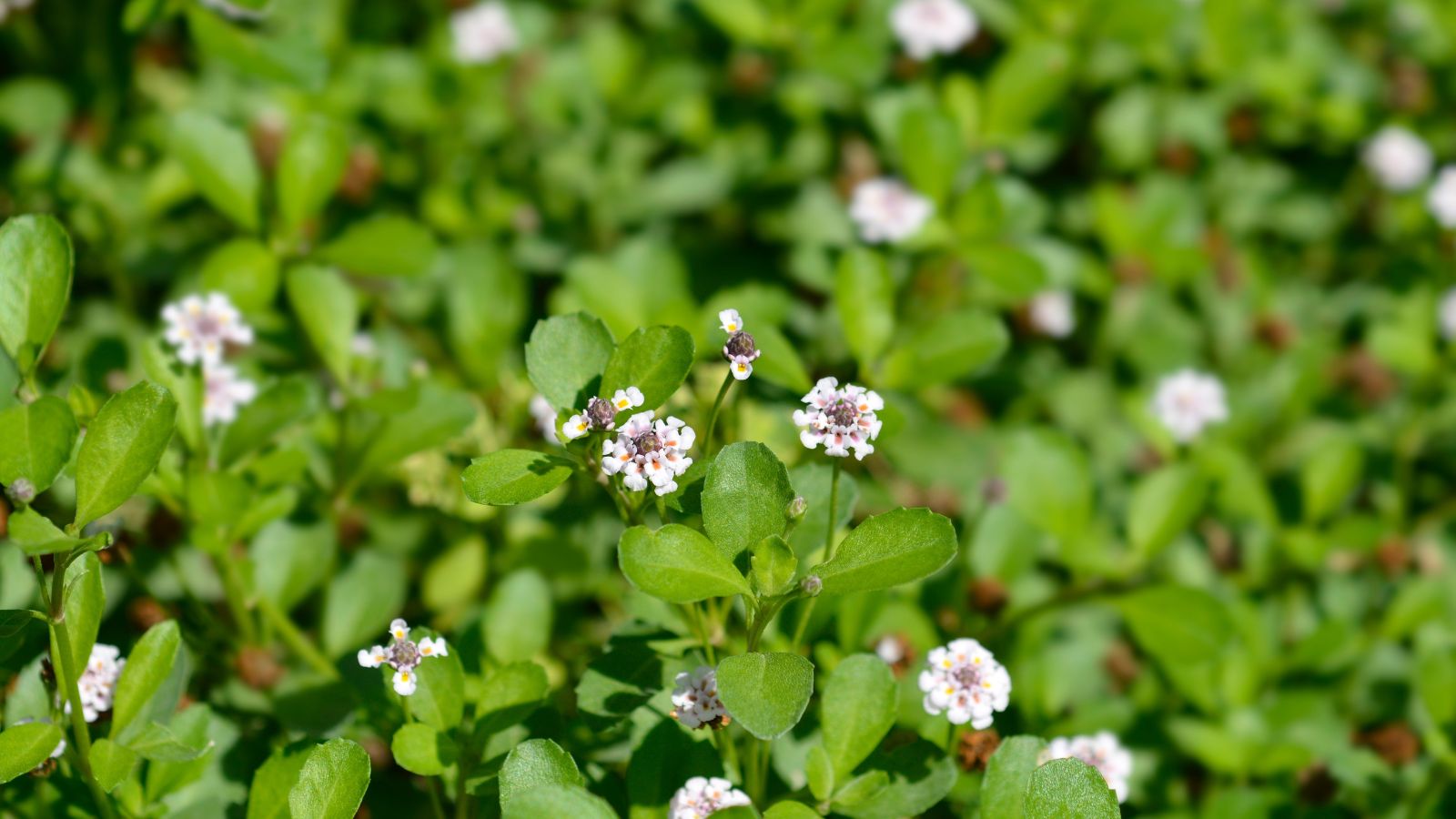

The commercially-available kurapia is sterile and ensuing from this actuality doesn’t produce viable seed, nonetheless it does unfold steadily over time with out seed viability. There’s little data obtainable as as as as to if or not kurapia could also be propagated by way of cuttings. Nonetheless, it could possibly be dug up and divided as rapidly as established and replanted elsewhere. Concede to clear the world of weeds every with a tarp or tiller ahead of planting kurapia.
Widespread Factors
Kurapia flooring cowl is a low upkeep plant which makes it good for an home that you just simply have to cowl rapidly and absolutely – considerably relating to weed suppression. This flooring cowl sod has minimal rising factors, pests, and sicknesses.
Rising Factors
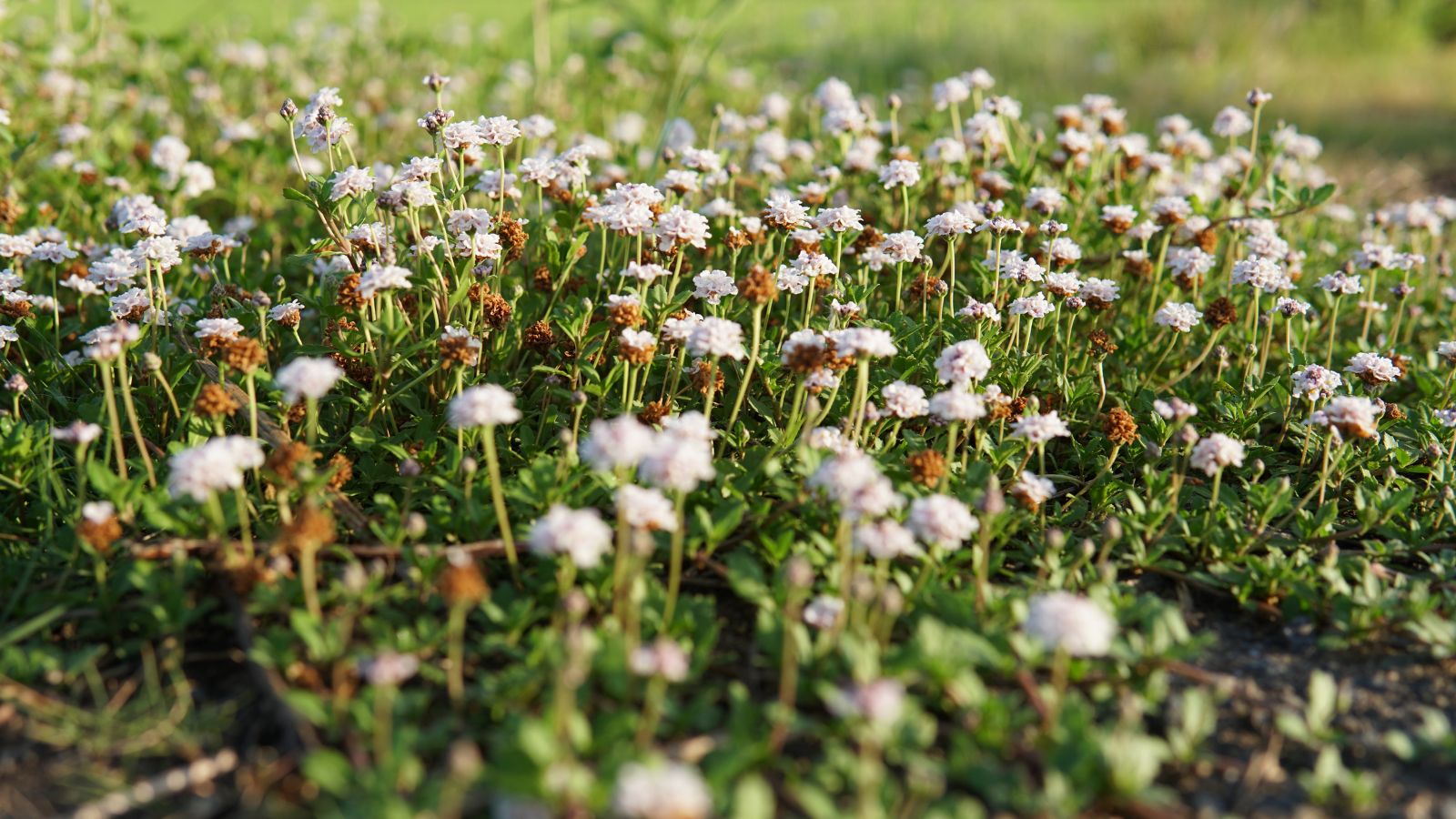

Most incessantly rising factors with kurapia come up from dry areas attributable to poor sprinkler distribution, clogged nozzles, or leaks contained in the irrigation functions. Examine your sprinkler distribution to verify your crops are being watered evenly. If sure areas are rising sooner, thicker, or seem lusher than others with further runners, then this can be an indicator of irrigation elements.
Pests
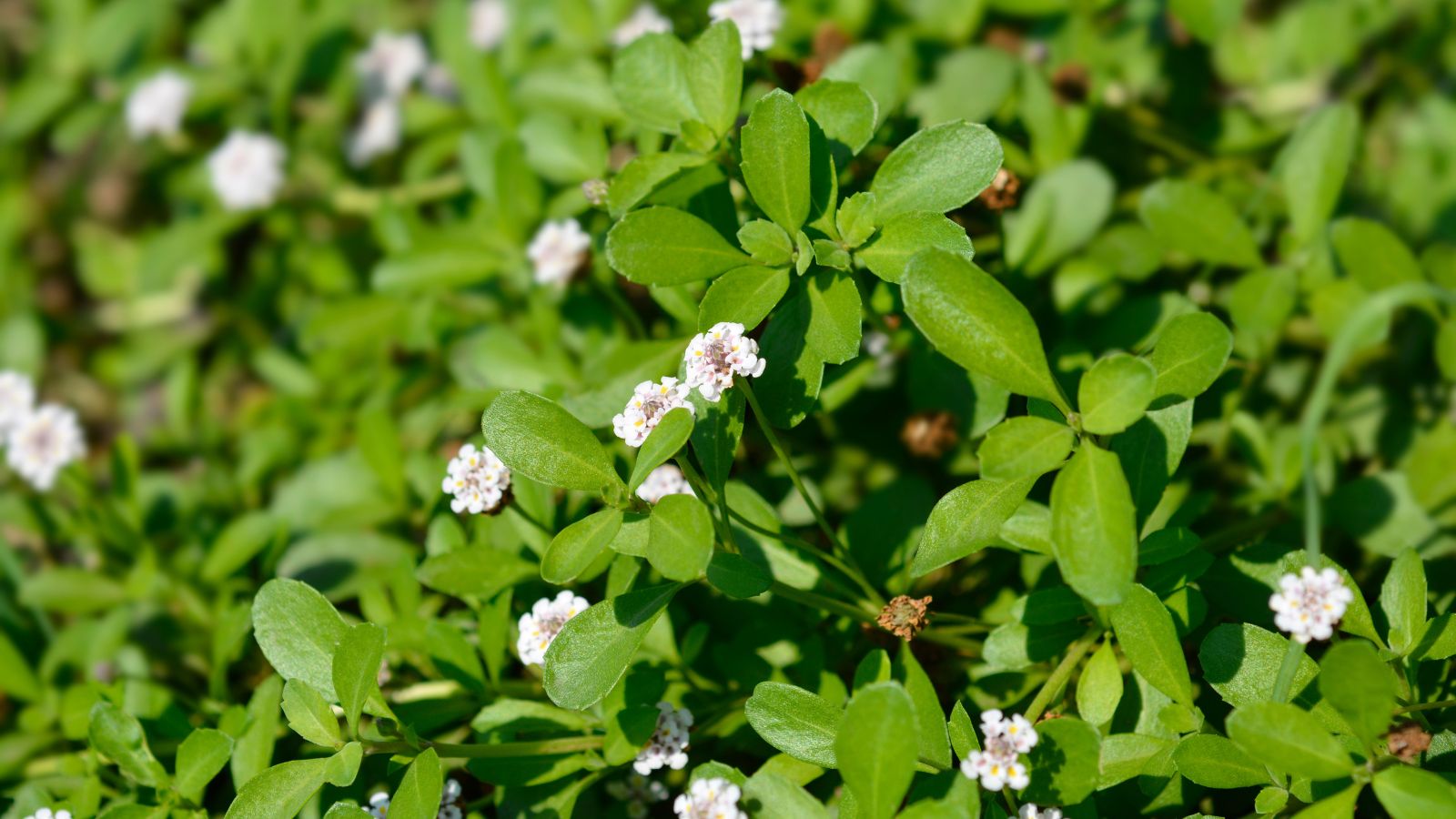

In most areas kurapia has no acknowledged pests! There have been evaluations of harm attributable to leaf chewing bugs, nonetheless this harm has been minor and wouldn’t set off any long-term elements.
Sicknesses
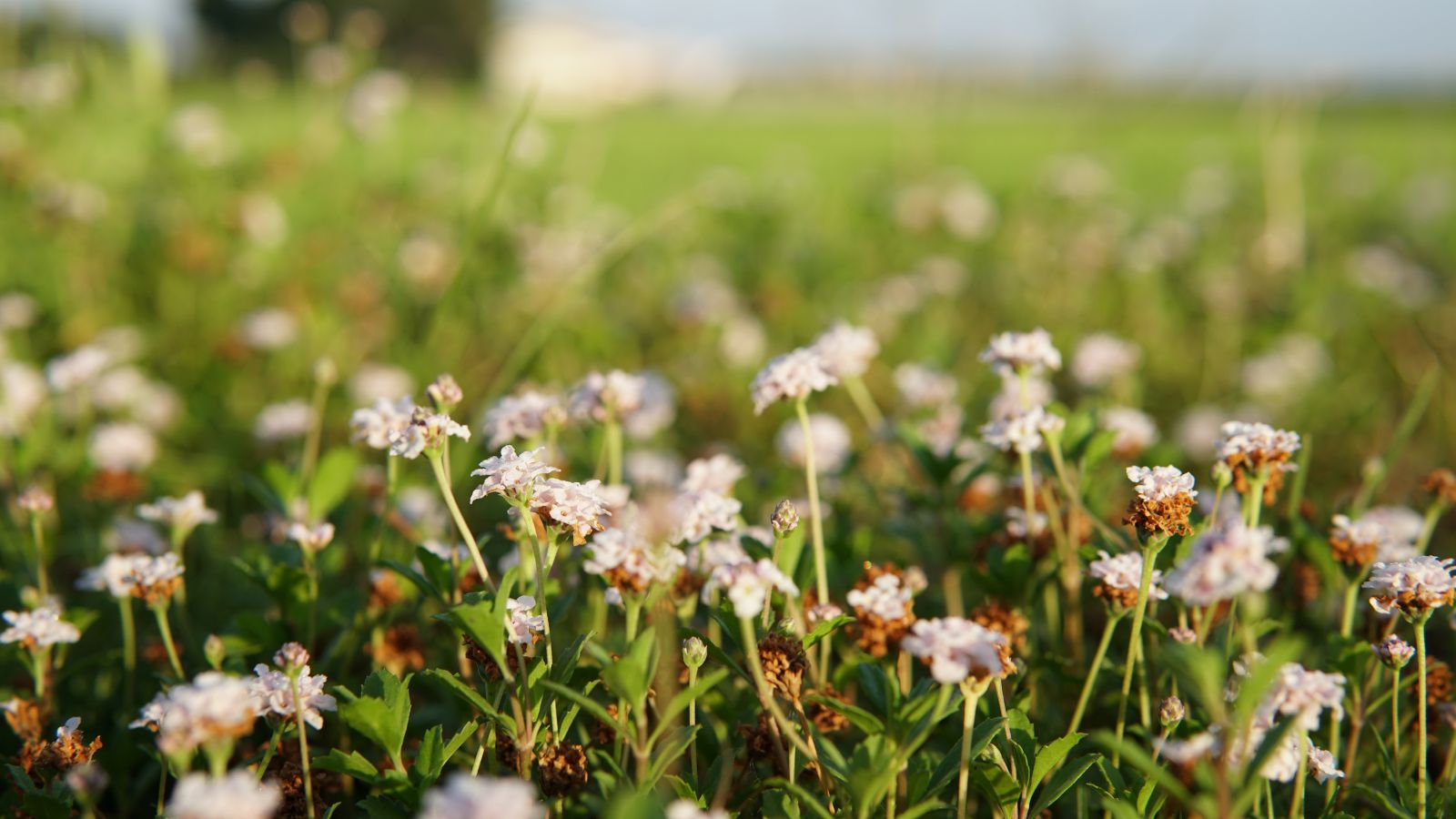

An equivalent to a scarcity of pests, kurapia furthermore has few illness factors. It might be weak to illness in additional humid environments. Steer clear of over-irrigation in humid climates as this may generally result in fungal sicknesses. Since kurapia is low-growing, densely packed, and has little airflow between runners, it makes the best ambiance for fungal elements in excessive humidity. It would actually have a troublesome time recovering from fungal infections, so preventative measures are finest.
You could have to water contained in the morning to keep away from moist foliage when humidity tends to be at its highest. If a fungal an an an infection is already current, then apply an pure fungicide per the directions on the bottle.
Continuously Requested Questions
Kurapia makes an beautiful flooring cowl! It grows horizontally by rooting alongside the stem, Defending the stems low to the underside by way of mowing will encourage this horizontal enchancment.
No, it’s a sterile/non-invasive and cold-hardy cultivar. There are, nonetheless, Phyla nodiflora varieties which have been naturalized and develop like weeds in California and are thought-about invasive.
Kurapia can and may choke out weeds and grass as rapidly as it is very established.
Kurapia can protect gentle foot friends, nonetheless it ought to be utterly established first.
Sure, it’s deer resistant.
